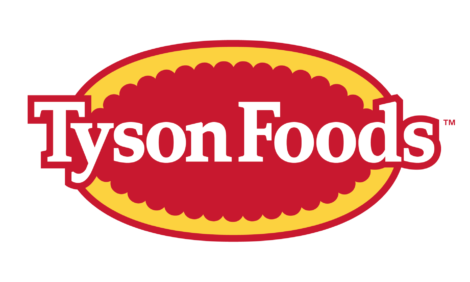



Period of Transition Requires Minerals
Following recent storms in the mid-west, farmers are being advised to avoid doing anything radical as the weather will turn and the grass will grow.Forage shortages have reached almost unprecedented levels with cow/calf producers in particular being affected as stockmen look to move animals onto pasture and make the best of limited spring growth.
But Dale Blasi, Beef Specialist at Kansas State University says that this transition period will not last long and normality should resume.
“The weather we are experiencing at the moment is a mixed blessing, for those who prepare to calve later in the year it’s a challenge. It’s basically a case of identifying animals if they need help.”
Mr Blasi advises mineral supplementation to take cows through a potentially tough time with the use of Monensin Sodium and Rumensin.
He stresses this is the time when nutrient requirements on cows will be at its highest for many cows and grass tetany and other nutrient deficiencies can subsequently arise.
“If you cows calved in mid-march then your cows’ peak nutritional requirements are right now. Six weeks post calving is when the peak lactation occurs in the lactating cow,” says Mr Blasi. “Additional rumensin gives you an opportunity to recoup body condition. In the interim before grass growth fully returns, we are entering an important nutritional phase.”
With early spring grasses having high moisture content, Mr Blasi says that cows have to consume a lot of dry matter at this time of year to meet nutrient requirements. For this reason, now is the time for minerals to be put outside.
“We typically talk about a 12 per cent phosphorous mineral, this is at a time when a farmer can justify spending money on a good quality mineral programme.”
But he reassures that additional products are not going to break the bank.
“Rumensin costs 1.5-2 cents per head per day so it is an investment we strongly encourage producers to consider.”
Forage issues are so acute that some farmers in Kansas are placing cattle in feedlots on farm.
However, Mr Blasi rules this out as an option because of logistics.
“I think by the time adequate bunk space is found and the issue of calves being squashed by competing cows means many farmers will not consider this as an alternative."
Above all, farmers should have a mind on minimising damage to profitability of 2014. Body condition at this time of year impacts on the primary cow/calf goal of producing one calf from each cow annually, Mr Blasi concludes.
TheCattleSite News Desk


